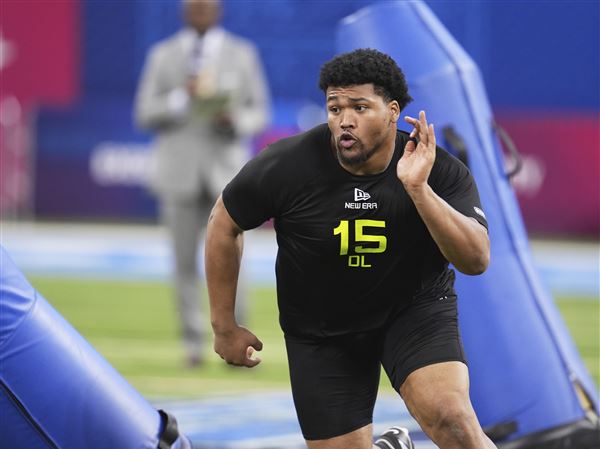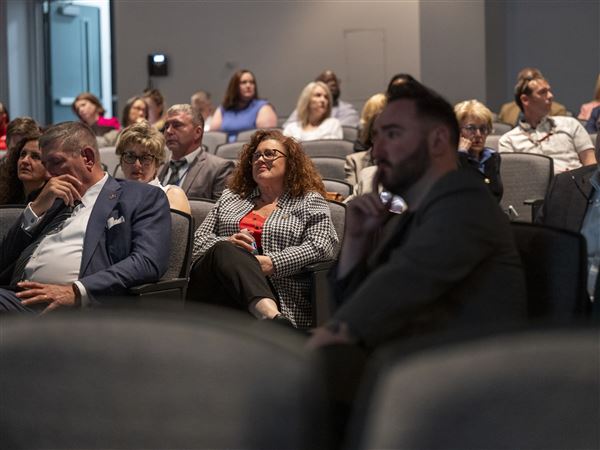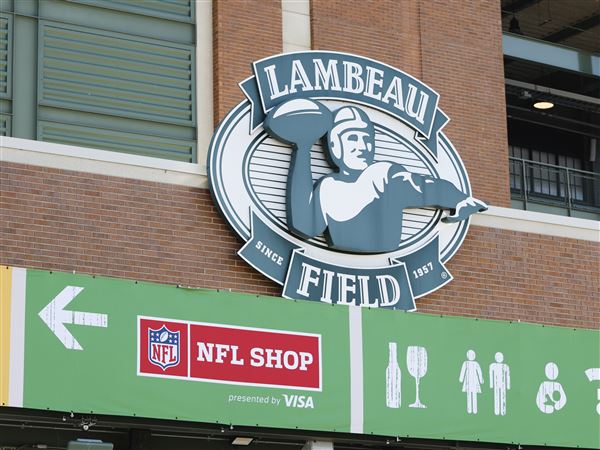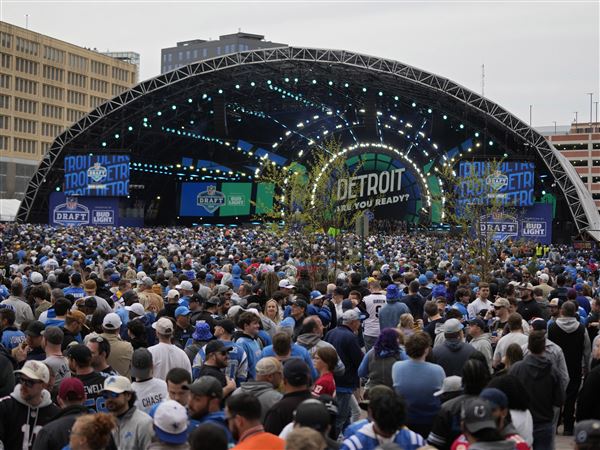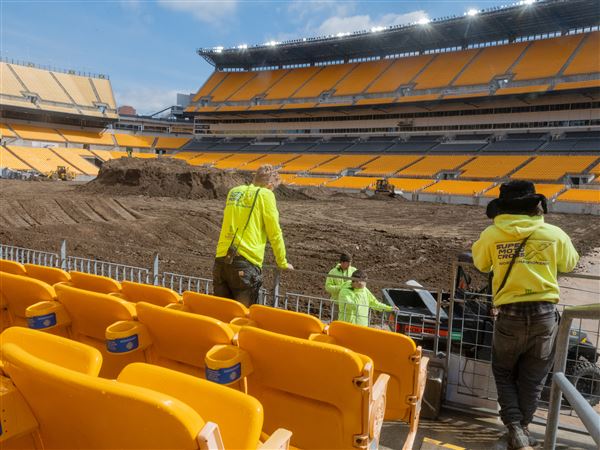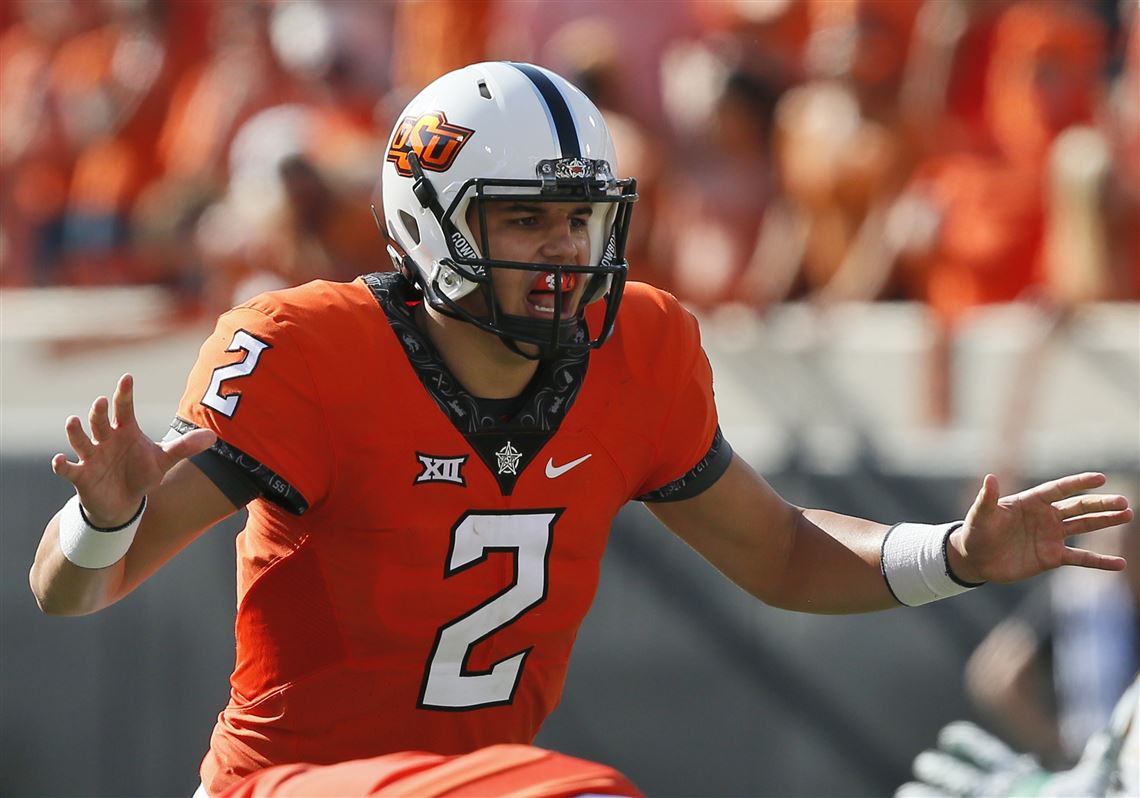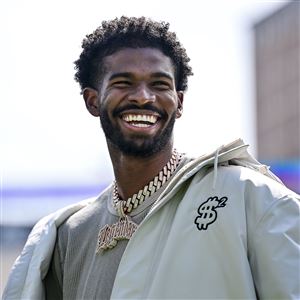The Steelers draft picks made very little sense, for the most part, as they were happening in real time. Now, a week later, with time to reflect and hear Kevin Colbert and Mike Tomlin’s rationale, they make even less sense.
The concept of “respecting the draft board” and choosing talent over need is sound, in theory. In general, a team should pick the best player available throughout the draft and plug them into the lineup when they are ready to play.
That’s a bad way to draft if you have been close but fallen short of the Super Bowl the past few seasons and have several glaring needs still on your roster. That’s an even worse way to do business when your team has a fairly definitive window with a Hall of Fame quarterback.
The Steelers have had tremendous success over the past 15 seasons, so there is an argument to be made that their way of doing business is working. I would argue, though, that the Steelers would likely not have had nearly as much success over the past 15 seasons if the Browns didn’t select Kellen Winslow instead of Ben Roethlisberger in 2004. Roethlisberger falling to the Steelers has helped tremendously in the team’s success, despite a number of misses and poor decisions in the draft over that time.
There was some flexibility created by the offseason signings of linebacker Jon Bostic and safety Morgan Burnett, but it was still pretty clear the Steelers needed some more help for their defense.
The Steelers’ biggest need going into the draft was at inside linebacker, and the two they seemed to covet were Boise State’s Leighton Vander Esch and Alabama’s Rashaan Evans. Vander Esch went off the board to the Cowboys at pick No. 19, which was nine spots ahead of the Steelers. At that point, the Steelers needed to try to trade up to make sure they could secure Evans, even if they had to overpay to make the pick.
That would have made sense, as opposed to staying put and reaching for safety Terrell Edmunds from Virginia Tech. Edmunds may help in their dime package and he has some versatility, but the Steelers could have traded down, grabbed an extra pick or two, and still got him in the second round.
Edmunds at least makes some sense because he is at a position of need. The next three picks were all head-scratchers because they won’t likely help the Steelers at all next season.
The Steelers traded Martavis Bryant, so they needed a receiver — but they drafted James Washington, who isn’t exactly a burner. He ran a 4.54 at the combine, which suggests he is probably more of a possession receiver than a big-play, vertical receiver like Bryant, which is what the Steelers really need. They need someone to take the top off of defenses. Though they still have Darrius Heyward-Bey for that role, it would have been nice for them to get a younger set of legs to fill it, as well.
Then they drafted Mason Rudolph, a quarterback, in the third round and tried to convince the world they had a first-round grade for him. That’s nonsense, considering they passed on him twice and just about every other team passed on him three times. This was a wasted pick. He isn’t going to challenge for the starting job any time soon and may never even develop into a legitimate backup.
Chukwuma Okorafor has size and potential and may develop into a very nice offensive tackle. The Steelers don’t need a tackle for next season, they still needed help on defense. Penn State’s Marcus Allen gives them a little bit of that, perhaps, but a fifth-round safety is unlikely to be an immediate impact player — or an impact player at all.
These players may all turn out to be excellent NFL players. The Steelers seem to have an eye for talent, so there is no reason to believe they picked bad players. This draft, however, made absolutely no sense, considering the Steelers’ status as a Super Bowl contender and what areas they needed to shore up. They didn’t get better at linebacker, they didn’t help their defensive line depth and they didn’t add a burner at receiver.
First Published: May 4, 2018, 4:43 p.m.
